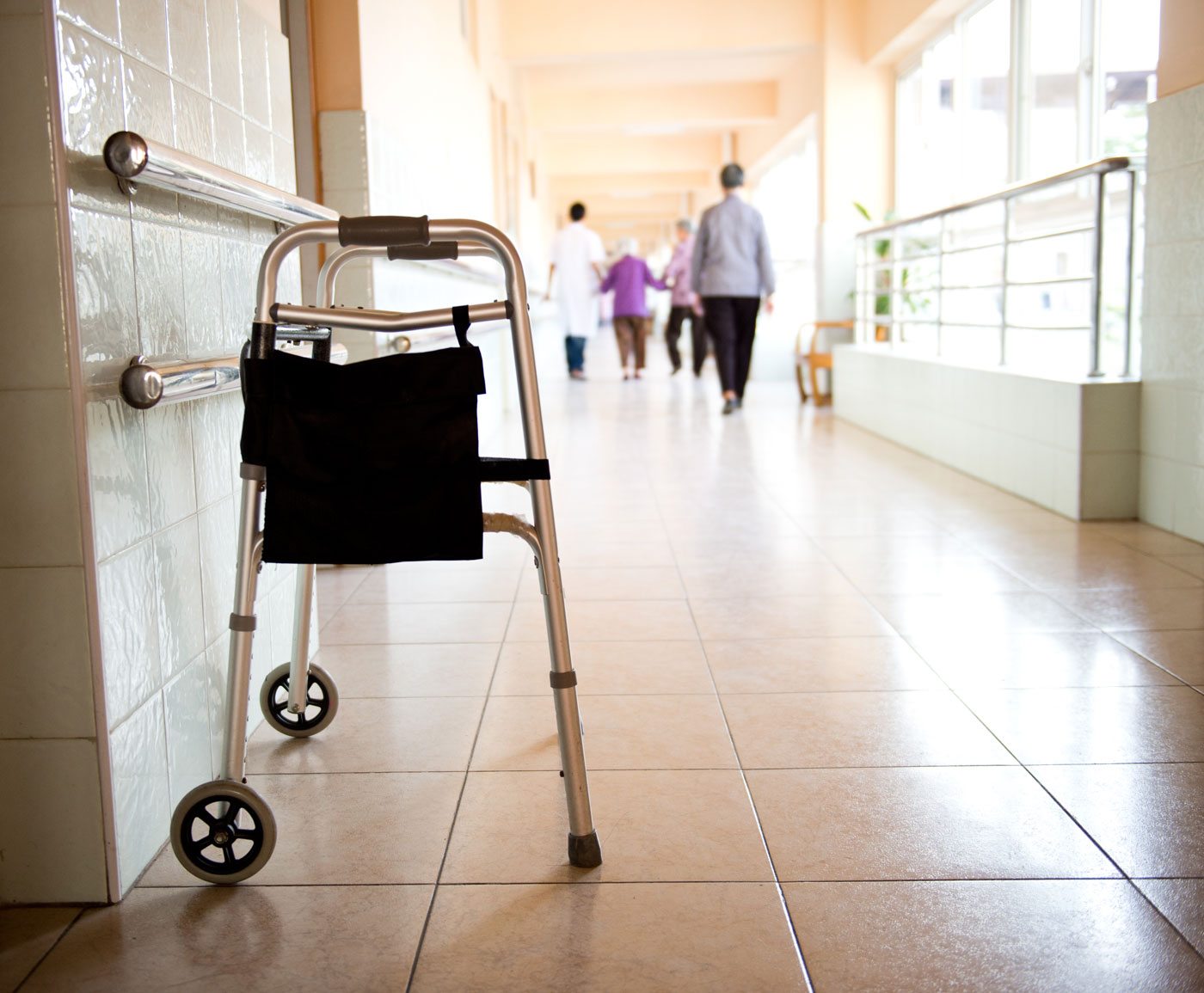Bed bugs are parasitic insects that like to live in warm places – particularly bedding, as their name suggests – and feed on human blood. Their bites go often unnoticed at the time, but they can cause skin rashes, allergic reactions, and even psychological conditions.
In short, bed bugs can ruin anyone’s night – but they’re a particularly unwelcome nightmare for those in their twilight years. After all, if anyone deserves a good night’s rest, it’s a senior citizen: they’ve worked hard all their lives, raised their families, and now they want to enjoy their autumn years in comfort. In this post, we’ll take a look at how bed bugs find their way into senior communities, the particular threat that they pose there, and how best to detect and treat an infestation.
The unique threats bed bugs pose in nursing homes
Dry and itchy skin is a common problem for the elderly, and this can be exacerbated by the skin rashes bed bug bites can cause. Meanwhile, it’s becoming more and more understood that bed bug infestations not only cause physical effects but can also leave sufferers with stress, anxiety, depression and paranoia – conditions no senior citizen should have to face, especially if they already live with memory problems or confusion.
In other words, bed bugs can be particularly hard on older people, particularly those with health conditions that mean they spend long periods in bed. But, cruelly, those living in senior communities are among the most vulnerable to an infestation. The combination of well-heated rooms (or even the warmer climates to which many Americans choose to retire), many people living in close proximity – often with shared laundry facilities – and a high footfall of visitors can provide the perfect opportunity for bed bugs to enter and move around a senior community.
What’s more, because the elderly tend to have reduced eyesight it can make it harder for them to detect the bugs – or they may fear telling anyone about the bugs because of a perceived stigma – this gives bed bugs in senior communities more time to spread around the facility before they are discovered.

How they get in
Bed bugs are enthusiastic travelers, attaching themselves not only to furniture, bedding, and luggage but also to clothing, purses, and shoes. This makes senior communities particularly vulnerable. Not only can the bugs arrive with a new tenant, but they can also sneak in on a staff member, visiting friend, relative or health professional.
Once they’re in, bed bugs can spread easily from room to room and within a housing block. They can’t fly or even jump, but they can crawl quickly and they will use any pipe or hole in a wall to get around.
How best to detect them
Once a case of bed bugs is suspected in one part of a senior community, it’s important to assess the whole facility quickly – even where seniors may not have reported or even noticed the effects of bed bugs themselves – before any infestation gets out of hand. It’s also vital to avoid misidentifying an infestation (carpet beetles, in particular, are often mistaken for bed bugs) in order to treat it effectively and swiftly.
Although bed bugs – and their eggs, fecal spots, and blood spots – may be visible to the naked eye, humans are only around 40% – 50% accurate in spotting them.
In a facility with multiple dwellings, particularly where many of the inhabitants may have poor eyesight, by far the most effective way to detect a case of bed bugs is by sending in a trained canine scent detection team. These adorable bug hunters are bred for their keen sense of smell and trained in how to use it. With professional handlers standing by, a specialized team of canines can detect live bed bugs with 95-98% accuracy.

How best to treat them in this environment
While it’s important to have all clothing and bedding bagged, laundered in hot water, and dried on high heat, this alone will not eliminate the bugs lurking in mattresses, carpets, and furniture.
Use of a DIY ‘bug bomb’ or another pesticide can simply drive bugs from one room or apartment to the next, so it’s important to call in a professional. Someone with the capacity, know-how and tools can treat an entire facility quickly and permanently eliminate their bed bug problem. Bed bugs can be treated with or without chemicals, but the EPA advises that a combination of both chemical and non-chemical (heat and/or steam) approaches is the most effective.
Following treatment, it’s vital to have the area re-inspected – preferably by a keen-nosed team of canines – to make sure the infestation is gone. Particularly in developments with multiple dwellings, this inspection should then be repeated several times a year to ensure that any reappearance of bed bugs can quickly be stamped out.
Bed bugs can get into senior communities easily and spread quickly throughout, causing health problems and distress to residents who do not have unlimited resources to spend on repeated treatments. Residents should be encouraged to report any suspected infestation quickly. When bed bugs are suspected call in a pest management professional with a canine scent detection team. This will ensure that any bed bugs will be detected, eliminated and prevented from returning – leaving our seniors to enjoy their retirement in peace and comfort.

